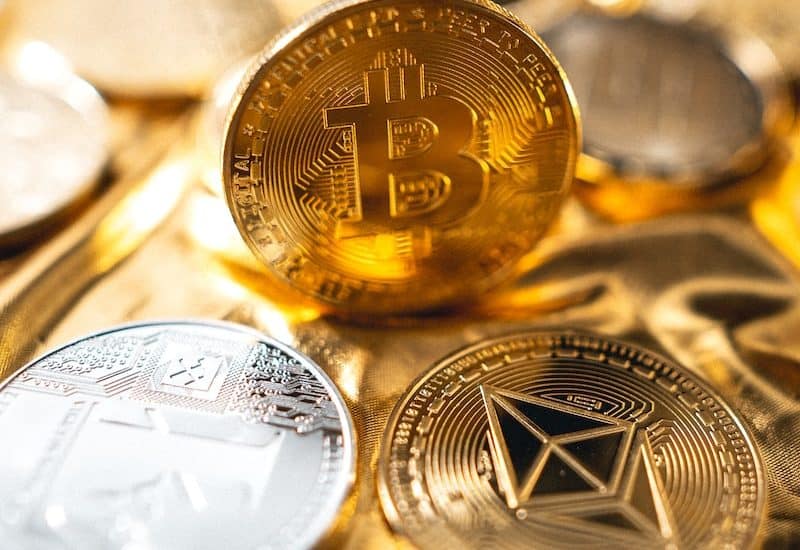In the world of cryptocurrency, there are different types of token supplies that can be used to create a market for a new coin or project. Here, we explain the difference between circulation, maximum and total supply. When a project is just starting out, they will often have what is known as a pre-mine. This is where a set number of coins are mined before the project is launched to the public. The team behind the project will often hold onto these coins, to use them later down the line. After the pre-mine, the team will then launch their ICO, which stands for Initial Coin Offering. This is where people can buy into the project and receive tokens in return. The amount of money raised during an ICO will determine how many tokens are made available during this time. Once the ICO is finished and all of the tokens have been distributed, this is when circulation begins. This is the total number of coins that are in circulation at any given time. The circulating supply will go up or down depending on whether people are buying or selling the coin. The maximum supply is the total number of tokens that will ever be in existence. This is set at the start of a project and it cannot be changed. Read more about interesting crypto news in finixio-ai.pro.
What is the crypto token supply?
When it comes to crypto tokens, there are three different types of supply: circulation, maximum, and total. Here’s a breakdown of each:
Circulation Supply: It’s important to note that this doesn’t necessarily mean that all of these tokens are being actively traded – some may be held in wallets or lost.
Maximum Supply: This is the maximum number of tokens that will ever exist. Once this number is reached, no more new tokens can be created. This is different from a circulating supply because it’s a hard cap that can never be increased.
Total Supply: The total supply is the sum of the circulation and max supply. So, if there are 100 token in circulation and a max supply of 200, then the total supply would be 300.
What is a circulating supply?
A circulating supply is the amount of a cryptocurrency that is currently available and can be traded. It is important to note that the total supply of a cryptocurrency is not always the same as the circulating supply. The total supply is the total amount of coins that will ever be in existence, while the circulating supply is the amount of coins currently available on the market.
The circulating supply and maximum supply are important factors to consider when investing in a cryptocurrency. The circulating supply gives you an idea of how much of a particular coin is currently available, while the maximum supply gives you an idea of how many coins will eventually be in circulation.
What is the maximum supply?
The maximum supply is the highest amount of tokens that will ever be in existence. This is often hardcoded into the token’s smart contract. Once all 21 million BTC have been mined, no more will ever be created. This is different from the total supply, which is the current number of tokens in existence plus any that have been minted but not yet circulated. The circulating supply is the number of tokens that are currently available for trade.
What is a total supply?
This is the total number of tokens that are currently in existence plus the maximum number of tokens that will ever exist. So, using our previous examples, if a token has a circulation supply of 10,000 and a maximum supply of 100,000, its total supply would be 110,000.
Total supply vs maximum and circulating supply
When it comes to understanding a cryptocurrency token’s supply, it’s important to know the difference between the total supply, the maximum supply, and the circulating supply. Here’s a breakdown of each:
Total Supply: The total number of tokens that will ever be created.
Circulating Supply: The number of tokens that are currently circulating and available for trading.
It’s important to note that the circulating supply is often different from the total supply, as not all tokens may have been released into circulation yet. For example, a project may have a total supply of 100 million tokens but only have 50 million currently in circulation. The other 50 million may be held by the team or locked up in various ways (e.g., for future development).
Similarly, the circulating supply can also be different from the maximum supply if there is a token burn or destruction protocol in place. A token burn is when a certain amount of tokens are removed from circulation and destroyed, thus decreasing the circulating supply. This is often done to offset inflation or as part of a larger economic plan for the token.
